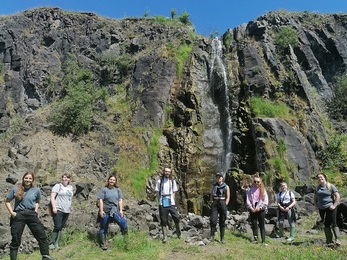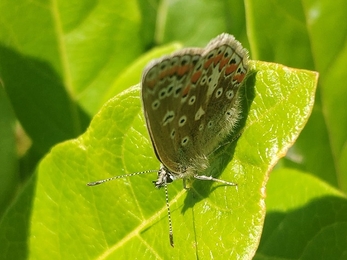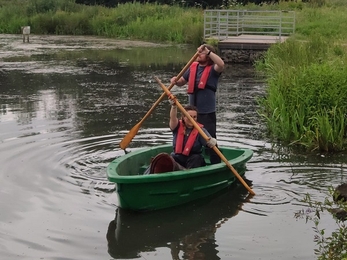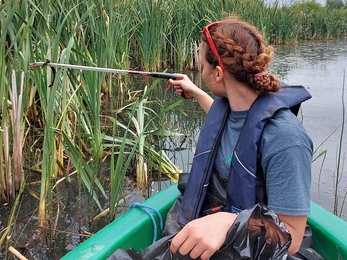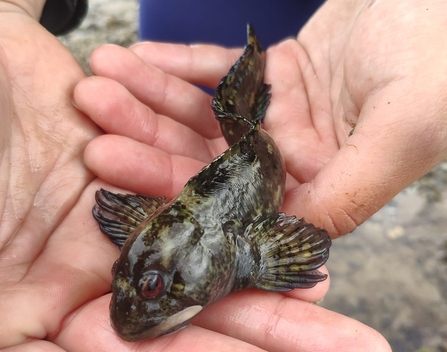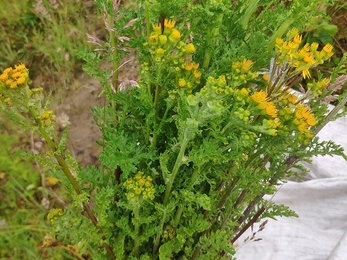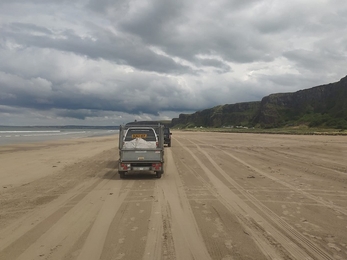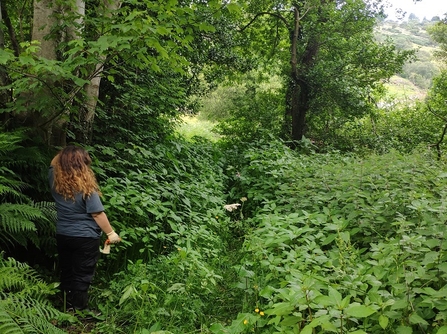Invasive Species Training
We started the week with a two days training on Invasive Species and GPS organised by the Belfast Hills Partnership.
We covered two of the most problematic invasive species; Japanese Knotweed and Himalayan Balsam. We also learnt how to use Geopaparazzi to track routes to plot a transect or survey an area. It’s a handy tool, easy to use that gives us the possibility to take georeferenced notes.
During the training we did a survey around Glenside collecting data about these two invasive species. The land was full of a Common Blue Butterflies. It was my first time spotting this butterfly!


